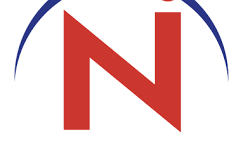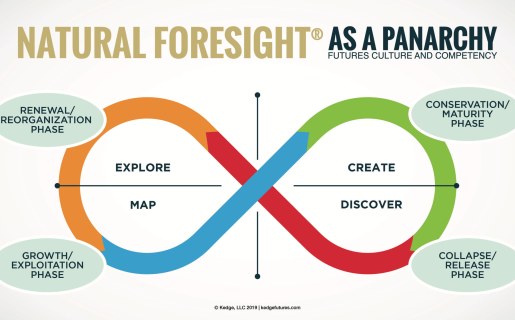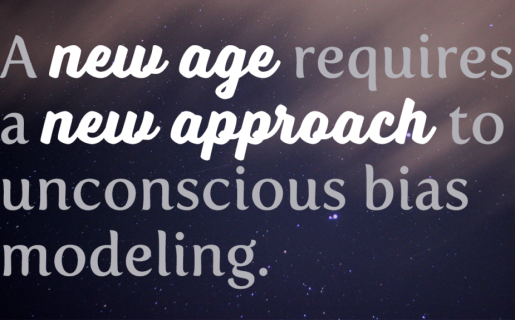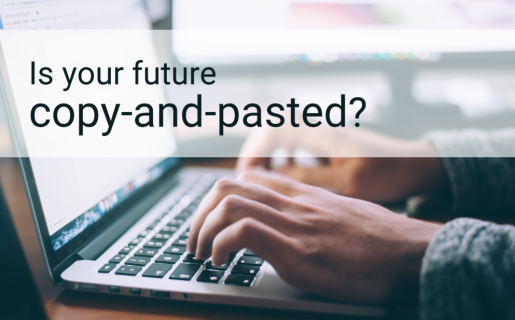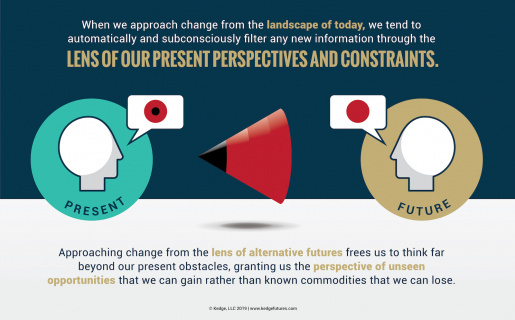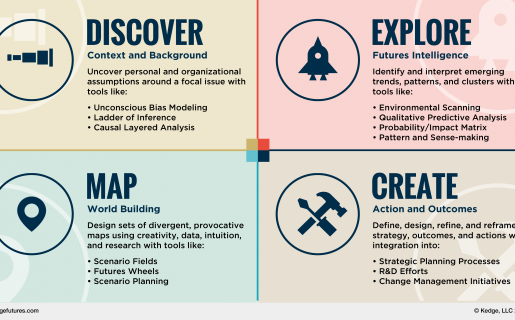Creating Stories of Change: Reframing Causal Layered Analysis as Narrative Transformation
The Importance of Story in Organizations and Society The early 21st Century has been characterized as a time of great global change, reframing the way that we connect, create, and consume. This profound shift in human development is not only a catalyst for the destruction of our antiquated industrial systems, but is also facilitating the emergence of new models of transformation.
Follow Your Futures Compass: How to Identify and Frame Focal Issues
If you’ve just learned about Strategic Foresight you may be wondering, “Where do I begin? Do I need to create scenarios? Should I develop trend cards?” Focal issues help us to answer these questions, making them a critical starting point in your futures initiatives.
“Alien Eyes” take center stage in NASA iTech Speaker Series
Have you ever wondered if NASA has made alien contact? Well, I know firsthand that they have, because I had the honor of being NASA’s alien visitor! In August 2017, I was asked to serve as the speaker for the NASA iTech Speaker Series at the Armstrong Flight Research Center in California. The room was filled with brilliant individuals who go to work every day to create ideas and innovations around space travel and exploration, private and commercial flight, and…
3 Ways to Challenge Assumptions
A new way of thinking first requires a fresh way of seeing and measuring the world around us. There are several ways you can challenge your worldviews through the Natural Foresight® Discover facet.
Natural Foresight as a Panarchy
The adaptive systems within a panarchy are most commonly represented by a figure eight or an infinity symbol. This demonstrates how the various phases within the system alternate in a continual cycle rather than following a straight line that has a clear-cut beginning and end.
4 Ways to Overcome Blind Spots Using Strategic Foresight
Unconscious bias refers to the stereotypes, both negative and positive, that exist in our subconscious and affect our behavior (including data selection and interpretation). Interest in unconscious bias modeling has skyrocketed over the past decade. As the global workforce becomes increasingly diversified and the speed of change more volatile, our internal blinders to new people, information and ideas have kicked into overdrive.
Unconscious Futures Modeling
In recent years, huge companies such as Google and Facebook have adopted the practice of “Unconscious Bias Modeling,” taking their employees through workshops to uncover hidden biases and assumptions that are impacting innovation, diversity, creativity and decision making.
We’re Building The Future, And It Looks Just Like Today
As futurists, it is our job to help clients to build the future. That may mean that we are helping them to identify potential risks, discover emerging opportunities or simply navigate the unfolding trends.
The Keyhole of the Present
Long before the current craze around unconscious bias modeling, foresight professionals were using futures thinking as a critical element in breaking through assumptions and biases to create organizational, cultural, and workforce development and change.
Let’s Get Technical – Natural Foresight® Framework
The Natural Foresight® Framework is presented in four technical facets: Discover, Explore, Map, and Create. Discover: We must look past our present-day models and ideas in order to recognize disruptors on the horizon of business and society.



